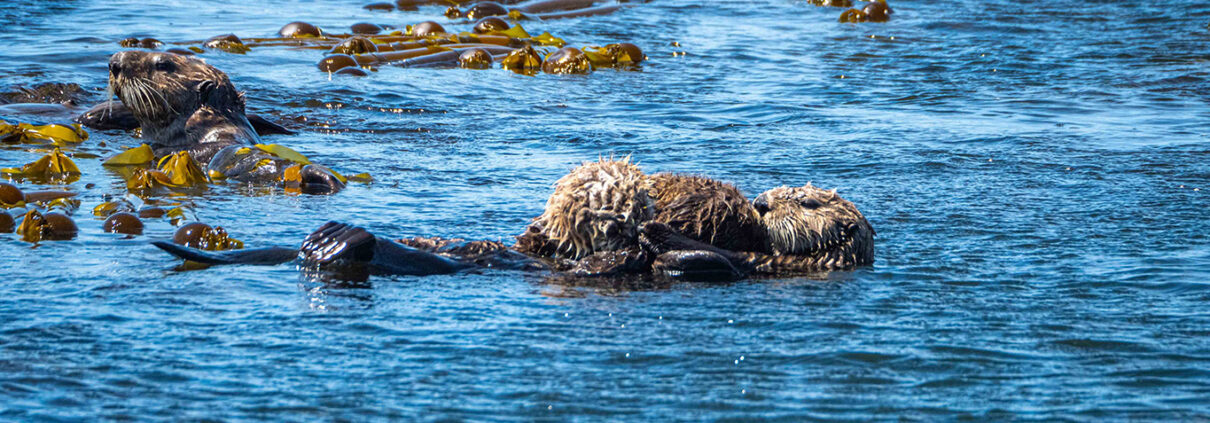OST officially released its newest report titled Establishing a Roadmap for Incorporating Social Science and Human Dimensions into Potential Sea Otter Reintroductions on the U.S. West Coast.
This report was developed to inform recent interest and provide social science recommendations to a federal feasibility assessment on the potential to reintroduce sea otters to the contiguous U.S. West. This final report, one of many inputs to the final federal report, establishes a roadmap for federal resource managers to fully address the social science and human dimension considerations of sea otter reintroductions.
To develop this report, OST synthesized feedback from social scientists, stakeholder groups, and literature sources to understand the diverse perspectives of sea otter reintroduction (see full report) and develop both Research and Stakeholder & Tribal Engagement Recommendations for advancing sea otter reintroduction considerations and decision-making.




